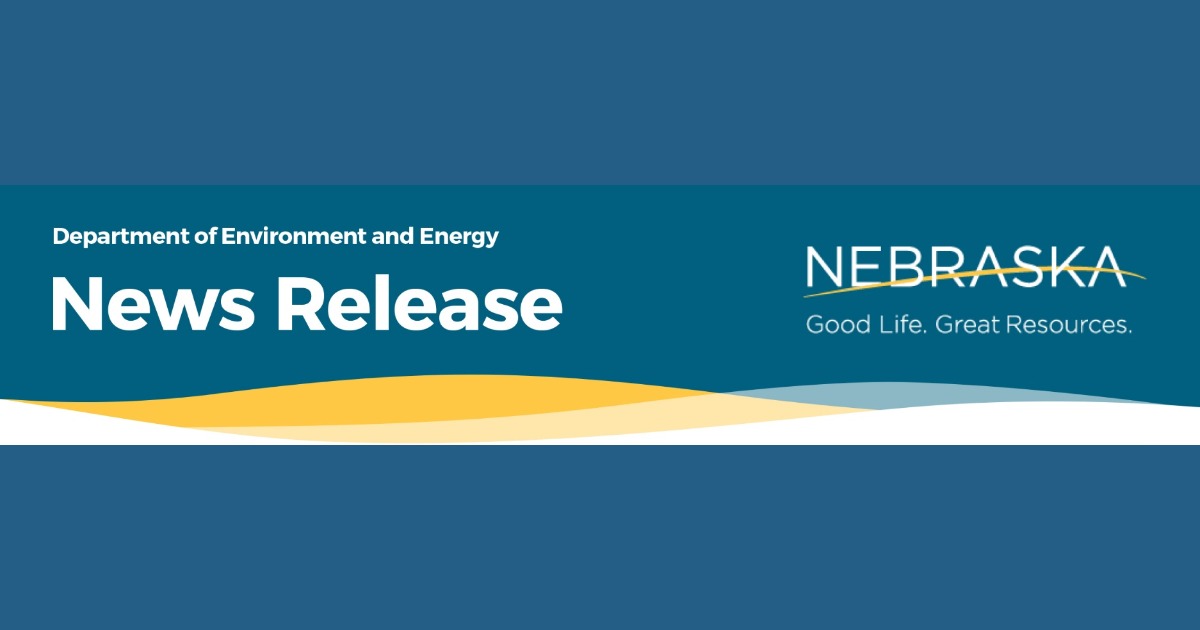NDEE launches interactive HAB map

LINCOLN, Neb. — The Nebraska Department of Environment and Energy (NDEE) has added a new interactive mapping tool to the Beach Watch webpage to enhance the users’ experience. This interactive map will help state residents and out-of-state visitors visualize which Nebraska lakes are on health alert for Harmful Algal Blooms (HAB).
The Beach Watch webpage provides valuable weekly updates detailing the results of public beach sampling during the May to September recreation season. Exposure to HABs can irritate the skin, and cause illness when ingested.
A link to the interactive BeachWatch GIS map can be found on NDEE’s main Beach Watch page.
“Protecting public health is a priority for NDEE,” said NDEE Interim Director Jesse Bradley. “This new mapping service provides important health information and can be used by lake-goers to better monitor conditions at many lakes across the state.”
The Beach Watch map shows all 56 public beach sites where NDEE and its partners collect weekly samples for microcystin – a toxin produced by HABs – and E. coli bacteria. Samples are collected from these sites early each week from May through September, and the map updates at midnight on Fridays through the sampling season.
Users can see each lake’s sample results for both microcystin and E. coli. Lakes where a beach exceeds 8 parts-per-billion (ppb) of microcystin are placed on health alert and designated swimming beaches are closed. Lakes on health alert are marked as red on the Beach Watch map, and users can view previous weeks’ sample results.
In addition to this map, NDEE, in partnership with the Nebraska Game and Parks and the Nebraska Department of Health and Human Services, issues joint press releases when lakes are placed on health alert. All sample results are posted on NDEE’s main Beach Watch page
(https://deq-iis.ne.gov/zs/bw/), and health alert information is shared through NDEE’s Beach Watch email listserv and NDEE’s social media pages.
Human contact with an HAB may cause skin rashes, lesions, and blisters and irritation of the mouth, nose, eye, and ear areas. Ingesting water high in microcystin may cause headaches, nausea, muscular pains, abdominal pain, diarrhea and vomiting. Severe cases could include seizures, liver failure, respiratory arrest, and even death, although this is rare. Pets and farm animals have died from drinking water containing an HAB.
If you experience symptoms or illness related to Harmful Algal Blooms, notify your physician and call the Nebraska Regional Poison Center at 800-222-1222 for immediate health questions.
The state does not issue advisories for E. coli because bacteria values can change quickly. Sample information is provided to allow the public to make their own decision on whether to use the lake. E. coli samples above 235 colonies per 100 ml of water are considered high. Ingesting water high in E. coli bacteria can cause gastrointestinal problems and flu-like symptoms.
To sign up for the Beach Watch listserv, visit NDEE’s Beach Watch web page (https://deq-iis.ne.gov/zs/bw/) and follow the instructions found on the bottom of that page.
